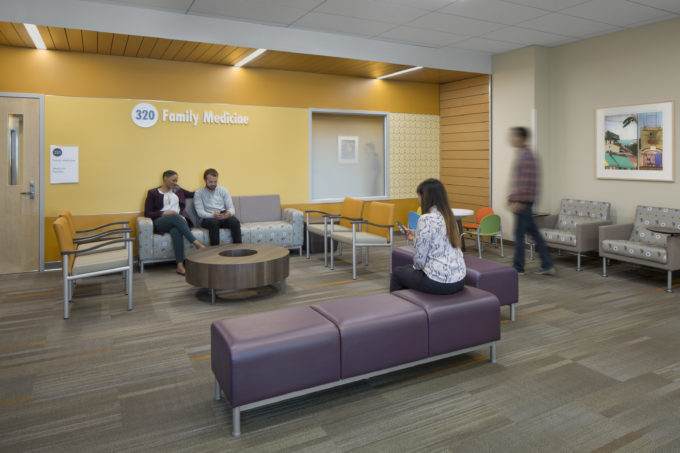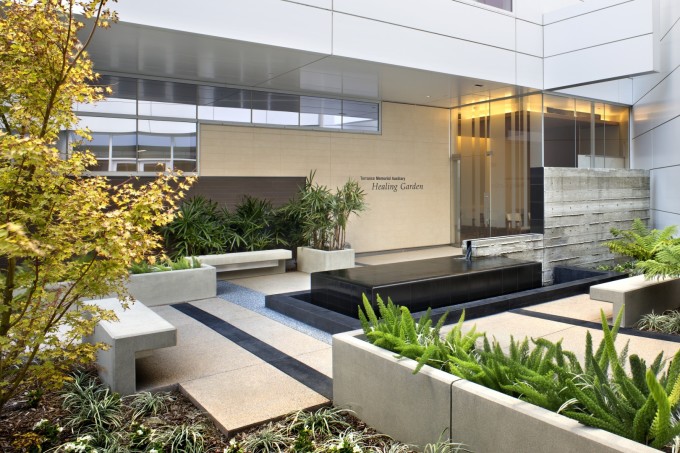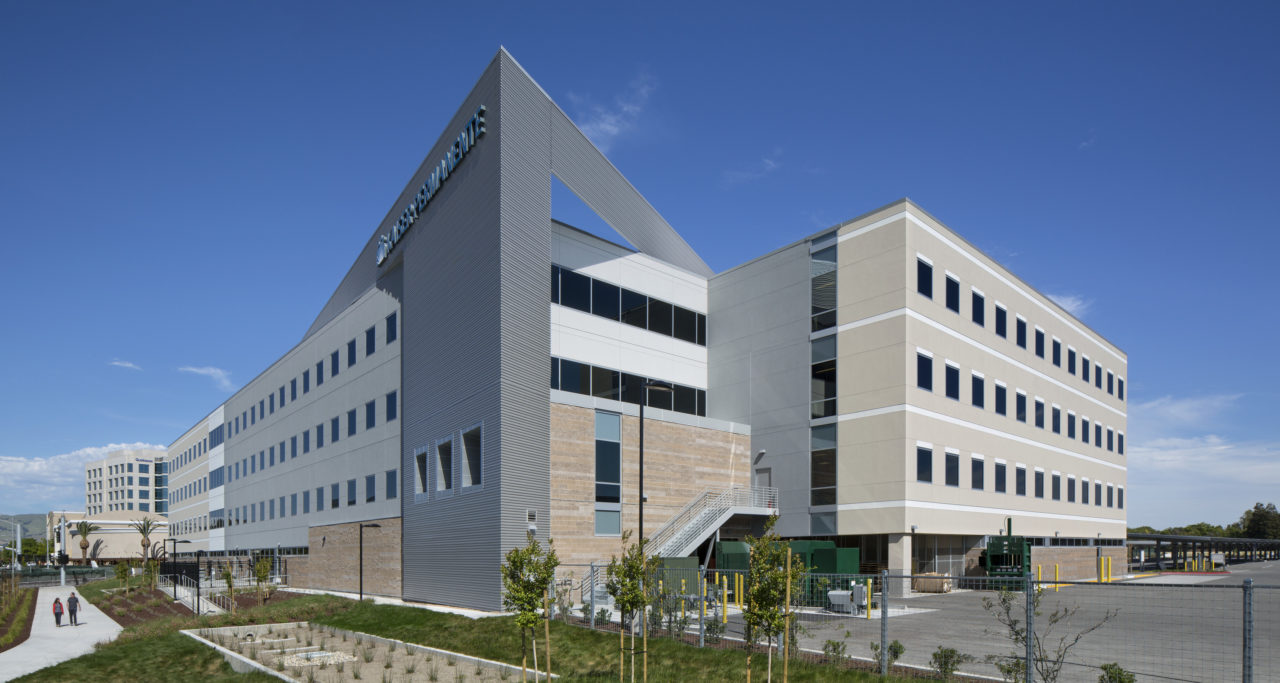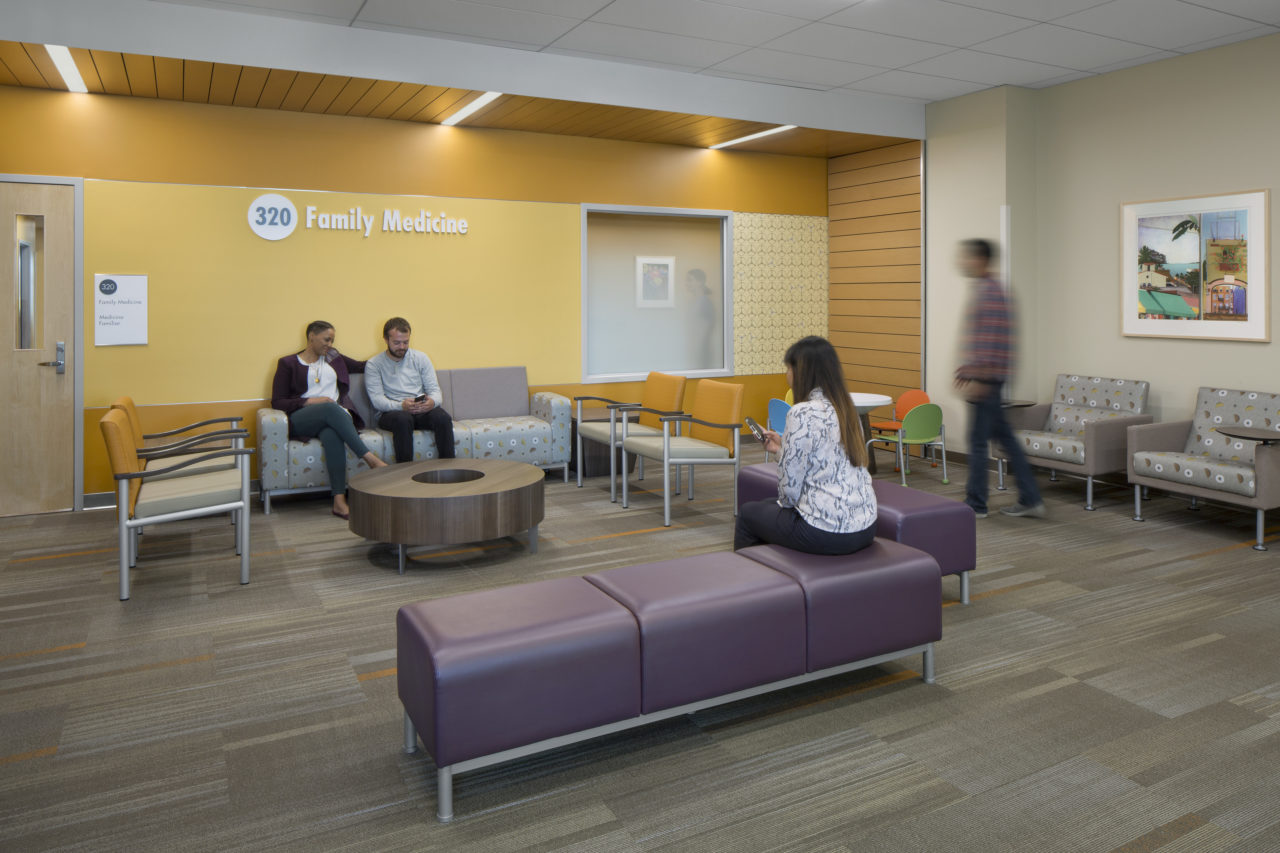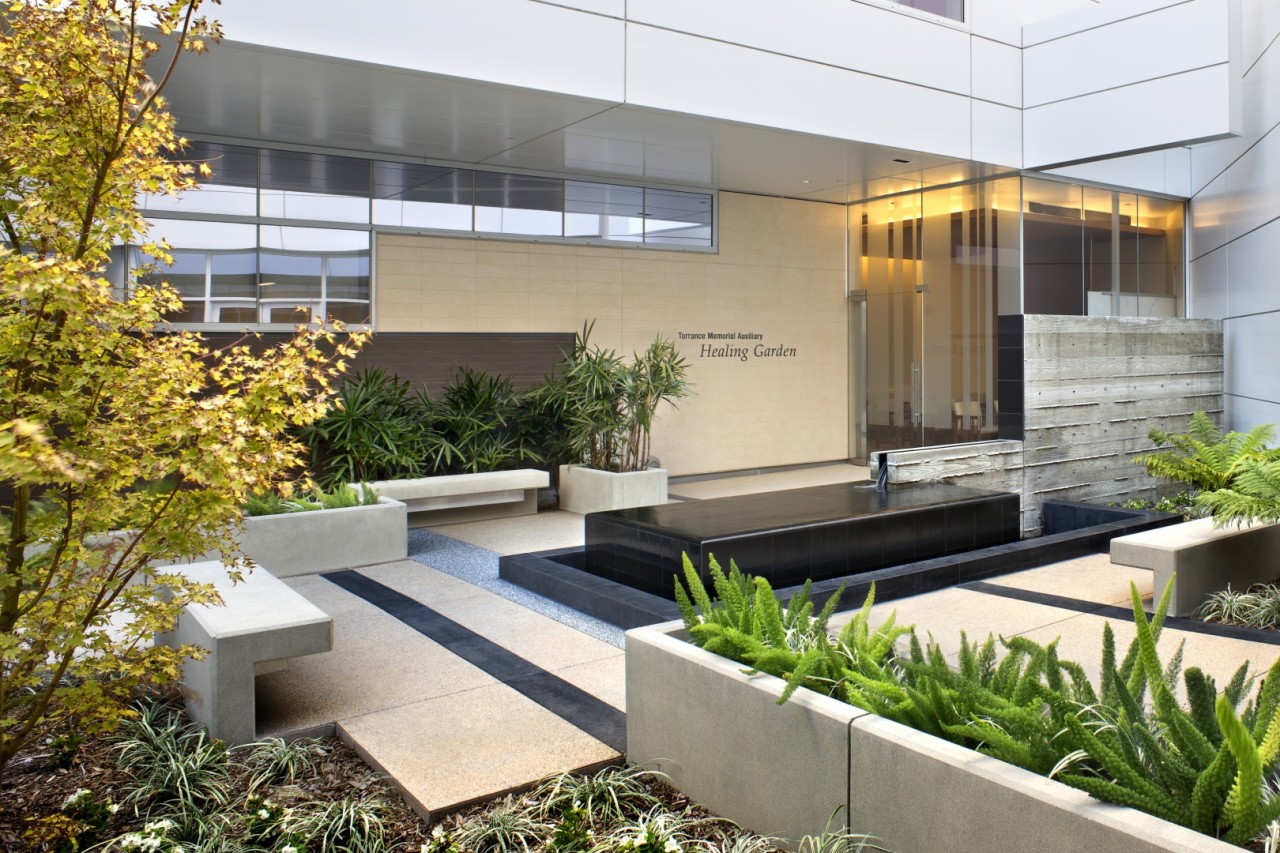When building or renovating a medical care facility to best support patients and staff, consider evidence-based design. Evidence-based design is the use of research studies, in-depth interviews with staff and patients, and outcome data to create a more effective healing environment. By taking a methodical, multi-step approach that uses credible research and reliable data, you’ll identify the design elements and processes that will have a demonstrable, positive impact on patients and your staff.
Evidence-Based Design In Healthcare Today
There have been significant changes in the healthcare industry in the past 20 years. Because of this, it’s important to understand how the built environment can be part of the overall strategy to improve health outcomes and minimize hospital errors and omissions to create a safe, effective, efficient, and equitable setting for the treatment of patients and for the families that support them.
As healthcare institutions are under increasing pressure to improve efficiency of care in compassionate care settings, there is no better time for health practitioners to link with healthcare designers to improve the care model by finding the evidence for what works.
The process of incorporating evidence as a basis of design can be broken down into six elemental steps:
- Define your goals and vision.
- Look for relevant research.
- Determine if credible evidence exists to inform design.
- Hypothesize the predicted outcome based on variables.
- Monitor the implementation of design strategies.
- Measure outcomes based on performance results and post-occupancy evaluations.
Establishing a vision that defines the goals and objectives for evidence-based design is the most important step. The alignment of owner, practitioner, and designers are all key to building a successful team, so they can properly articulate the desired outcomes.
Determining the Best Evidence-Based Design for Healthcare Facilities
Numerous research studies offer data and analyses on the relationship between architecture and patient wellness. However, not all of them are created equal. For example, a quantitative study conducted over a long period of time and using information collected from many participants is going to be far more reliable than a short-term study based on only a few participants or groups.
To base your design choices on the very best evidence, you need to identify reliable studies, analyze outcome data, and gather information directly from your staff and patients.
Studies published in peer-reviewed journals are held to higher research standards than those presented in unreviewed publications. However, the peer-review system is not foolproof—factors such as referee bias, lack of statistical repeatability, and failure to identify errors in the data can make even a peer-reviewed study unreliable. So, it’s important to analyze a study’s scope, the accuracy of its data, and the trustworthiness of the author and publication. When possible, it’s also helpful to meet the authors. Consider the following as you seek to identify the most accurate research:
- Sample sizes: The best studies are those in which the sample participants or groups of participants are randomly-selected, free of sampling bias, and large enough for researchers to draw meaningful conclusions from the data gathered.
- Repeatability: One study alone won’t best inform your design choices. Instead, use research that has been successfully reproduced by a number of trusted researchers.
- Credibility: Bolster your exploration by attending medical conferences and speaking directly with study authors to gauge their credibility and trustworthiness.
Additionally, interviewing healthcare professionals and surveying patients can provide valuable information and insights that studies don’t. For example, research may show that many patients with mobility issues prefer to press a button from bed to call for assistance from staff instead of getting out of bed to seek help, which could be unsafe. However, anecdotal evidence provided by nursing staff may point out that while patients say they want such a convenient and safe call feature, many will try to walk on their own to find assistance. That observation might lead you to design your hospital rooms to accommodate both types of patients. Installing call buttons as well as handrails along the bedside walls of patient rooms can lower the risk of injury.
As you review evidence-based design research for your healthcare facility and interview medical staff, you may find that your facility needs additional safety features, including:
- Furnishings with soft edges to prevent injury.
- Smooth rather than rubber floor finishes, which can be sticky and cause people to stumble or fall.
- Better security in units, especially nurseries, and areas where medications are stored. Electronic doors that open only with authorized security passes will better protect pharmacies and patients. These doors are also designed to open when a fire alarm is pulled, but only after the alarm has sounded for 15 seconds. That extra time prevents an unauthorized individual from pulling the alarm and quickly accessing a secured room.
Communicating with doctors, nurses, technicians, receptionists, and others who work closely with patients can also inform you on design methods and practices that benefit staff and patients alike. For example, because dialysis machines are expensive and bulky, some hospital administrators choose not to include them in standard patient rooms. But after speaking directly to staff, you might discover that in-room dialysis units are necessary for enough patients to justify the cost and loss of space. As a result, you might re-design in a way that allows you to place the units in only 20 percent of the rooms. This compromise could work within your budget while also ensuring that patients are receiving the most efficient care.
Inpatients often need to be lifted and adjusted in hospital beds so they don’t develop sores and other complications. Because ceiling lifts are expensive to integrate, some hospital administrators may choose not to install them in patient rooms. When the costs of lifts are evaluated compared to staff injuries, loss of work time, and injury claims, it might be determined that installing them in all or a percentage of rooms is justified. This evaluation is part of the process of designing with evidence.
All of these design details are based on both research and the experience of hospital staff and patients. When you understand the needs of everyone, you’ll apply only the most effective evidence-based design to your healthcare facility.
The Evidence-Based Design Principles That Are Most Effective
As you research, you’ll discover the healthcare evidence-based design principles that positively and consistently impact patient outcomes and are, therefore, most often used by architects: increased natural light, views of nature, increased interactions between caregivers and patients, and quiet environments. These intentions—just a few of many—can reduce patient stress, thereby also reducing length of stay and medication consumption.
When HMC Architects designed Kaiser Permanente Fontana Medical Center in Fontana, California, we implemented a number of evidence-based design features, including floor-to-ceiling windows and skylights that provide a great deal of natural light. In spaces without windows, we included photographs of nature, which bring a sense of the outdoors into the hospital. These features offer patients a greater sense of calm and accelerate the healing process.
When we partnered with Torrance Memorial Medical Center administrators to create a new hospital tower, we researched and implemented design elements that support the best patient experiences. While our design includes plenty of natural light, ocean views, and wall patterns that mimic waves, we also focused on planning opportunities for caregivers to clearly see and interact with patients to support their wellness.
Increased interactions and visibility between patients and hospital staff positively affect healing processes. This is both a design (visibility, paths of travel, location of needed supplies, communication devices) and operational (staffing ratios, care protocols) issue. Research shows patients with low levels of stress have been known to heal up to 40 percent faster than those who exhibit high stress. At Henderson Hospital in Nevada, we provided an additional glass wall around the nursing station rather than a solid one. This allows the nurses to better observe patients from multiple angles and makes patients more comfortable knowing they have clearer access to staff. A new nurse-call system was also implemented to help maintain a calm atmosphere. When a patient presses a bedside call button, nurses are notified wirelessly and silently. Patients are no longer bothered by noisy pagers and loudspeakers
By designing your facility with improved patient contact and lines of sight in mind, you’ll create more soothing and more efficient spaces.
Create the Most Beneficial and Effective Evidence-Based Healthcare Design Plan
The most effectual and impressive healthcare facilities are created using design plans that balance evidenced-based research results with experiential results. At HMC Architects, we understand that an efficient, calming, and beautiful healthcare facility is one that not only optimizes areas used to treat and support patients, but also earns a profit.
When you work with an experienced design firm that conducts research holistically, taking into consideration the physical and emotional needs of patients and staff, workflows, and your budget, you can design a building that supports healing and operates exceedingly well.
To learn more about evidence-based design in healthcare, contact HMC Architects today. We have years of experience applying research-based design principles in our projects and can help you find the ideal solutions for your facility. Or, you can email Chris Naughton, AIA, ACHA, Principal, Sr. Healthcare Planner at HMC, directly to learn more.
